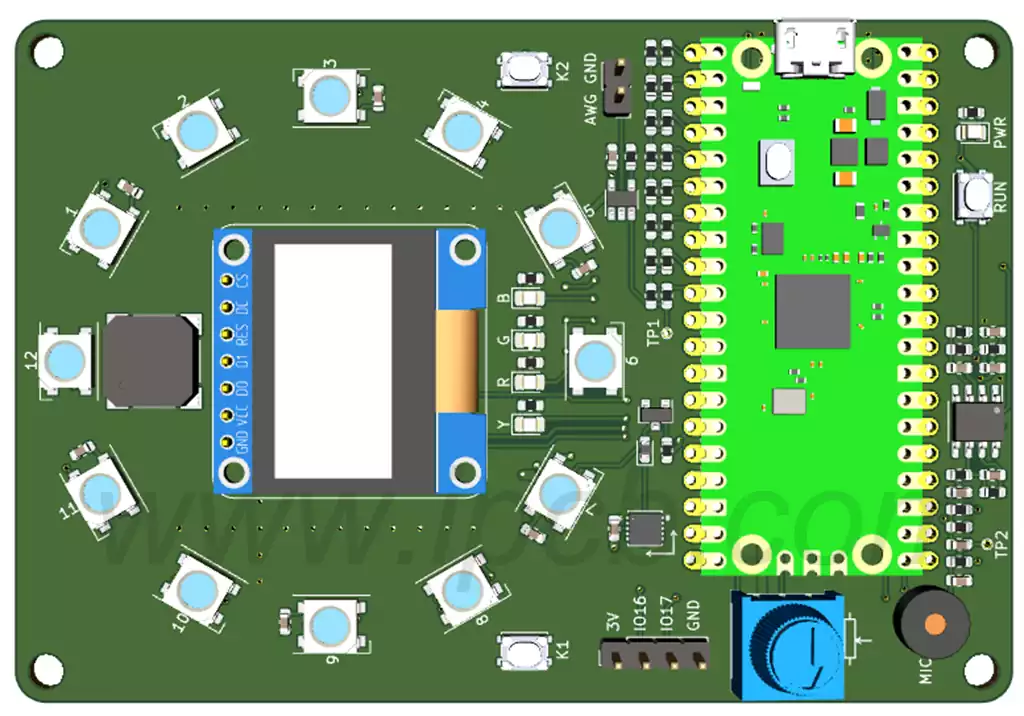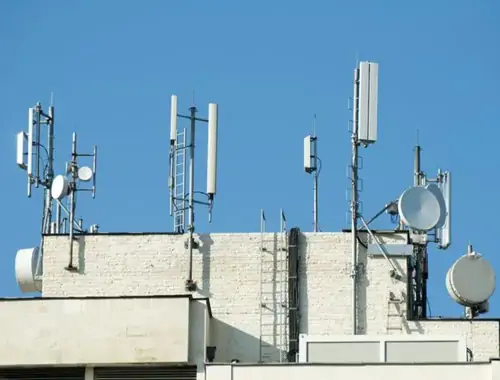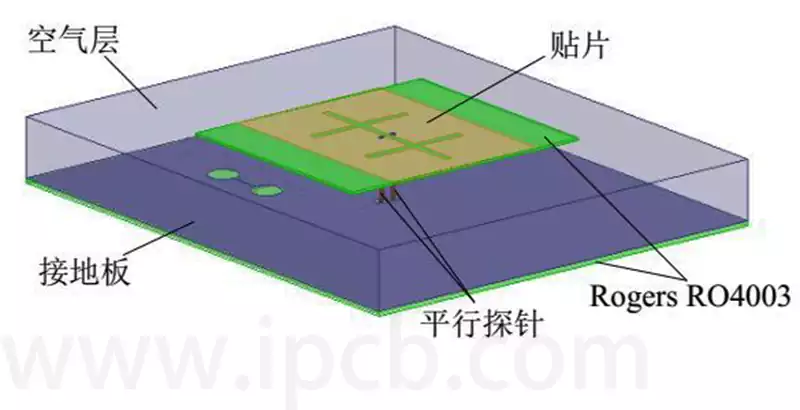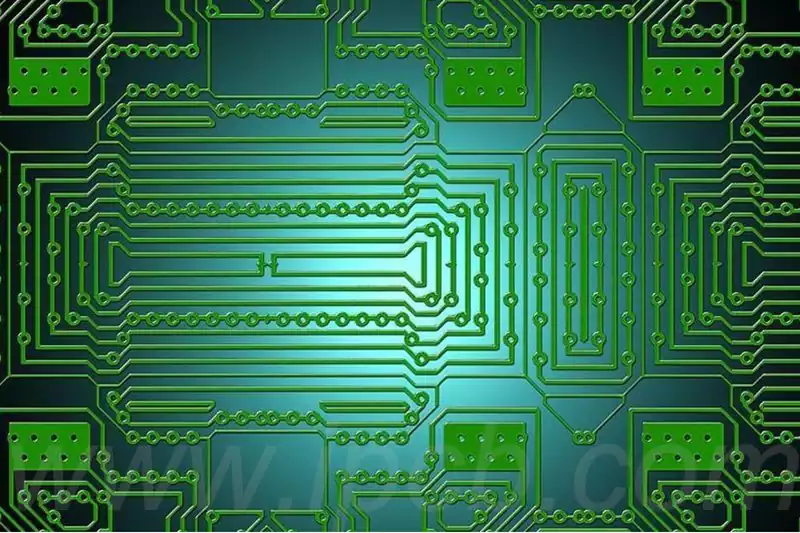Programming pcb board is the process of programming the software on the PCB (printed circuit board) in an electronic product. When translating a circuit design into an actual working electronic device, it is often necessary to add some control circuits and logic functions to the PCB. These functions are usually implemented through programming, which involves selecting the appropriate development tool, writing or downloading the program, and burning the program onto a chip such as a microcontroller or FPGA (Field Programmable Gate Array) on the board.
Why do I need to programming PCB board?
Programming PCB board allows you to add various control functions and logic functions to electronic products, enabling them to realize more diverse functions. Through programming, it is possible to realize the functions of data acquisition, signal processing, and communication control of various sensors. Programming can also be used to adjust the performance and functionality of electronic products through software, thus providing a better user experience.
How to program a pcb board
- Design and Layout
Before programming, you need to complete the design and layout of the PCB first. This step includes drawing circuit diagrams, selecting and placing components, and laying out the wiring to ensure the functionality and reliability of the circuit design. Designers usually use professional circuit design software, such as Eagle or Altium Designer, to create circuit design diagrams. - Burning Firmware
After the design and layout are complete, the next step is to burn the firmware. This phase transfers the already written program code (firmware) to the microprocessor or programmable assembly on the PCB through a programming device. The firmware is usually written in a language such as C or C++ and ensures that the board is able to perform the specific function intended. - Hardware Connection Configuration
When programming, you need to ensure that the board is properly connected to the development tool for proper hardware configuration. This usually involves using the right wiring and connecting the appropriate modules or sensors for smooth data transfer and control. - Writing the program
Writing or downloading the appropriate program is an important step in programming the board. Beginners can refer to the official website of the development tool or other resources for sample programs and tutorials to get started faster. - Burn the program
Burning the written program onto the PCB usually requires a specific burning tool to safely transfer the program to the board via USB or other communication interfaces. - Debugging and Testing
After the program is burned, debugging and testing must be performed to ensure that the program operates properly. This session is often required to verify specific functionality and performance, detect any errors and optimize as needed. - Verification and Modification
After completing the above steps, final testing and verification is required to ensure that the board operates as designed. This process may reveal errors in the design or burn-in, so the firmware or hardware design needs to be adjusted accordingly.

Programming pcb board occupies an important place in modern electronics, however, it also faces multiple challenges and a wide range of applications.
- Programming Challenges
One of the major challenges of circuit board programming is the increasing complexity of designs. With the emergence of new technologies, the functions of circuit boards have become more diverse and complex, requiring engineers to have a higher level of technology and deeper specialized knowledge. In addition, the rapid changes in programming languages and their development environments require programmers to constantly update their skills to keep up with evolving technology requirements. - Compatibility and Standardization
Another challenge in programming pcb board is compatibility between devices.Different hardware components, microcontrollers and programming protocols can lead to obstacles in functional implementation and system integration. Lack of standardization can cause compatibility issues between different devices, which negatively affects the overall system performance and user experience. - Space and power constraints
Most board designs are affected by space and power consumption constraints. Designers must balance functionality,power consumption, and size to ensure that the board meets performance requirements while staying within acceptable energy consumption and space constraints. Such constraints are particularly evident in embedded systems.
Programming pcb board is a complex and important technology that involves multiple components, including design, tool selection, and program development. In the future of the electronics industry, people with PCB programming skills will be more in demand, driving technological advancement and product innovation. Mastering this skill will give you a greater competitive advantage in the field of electronic engineering.



